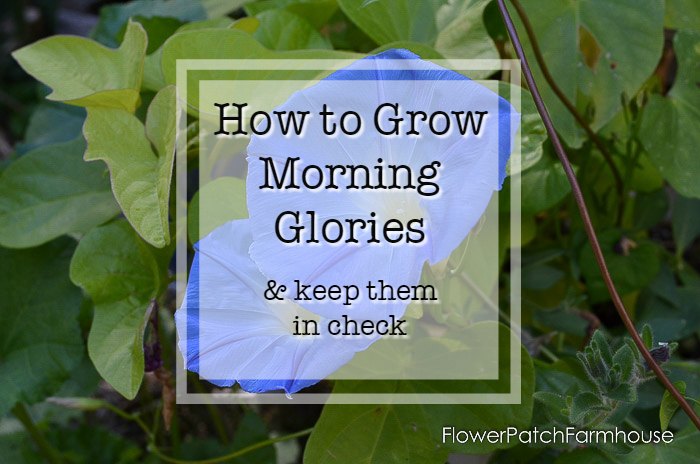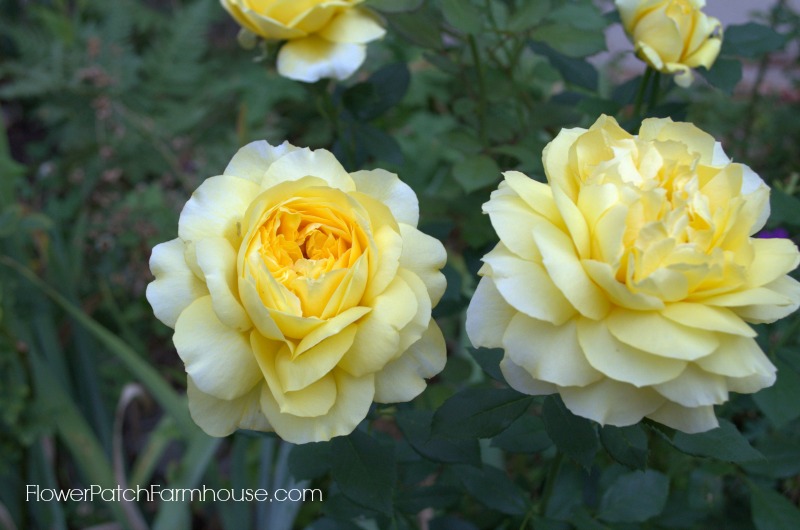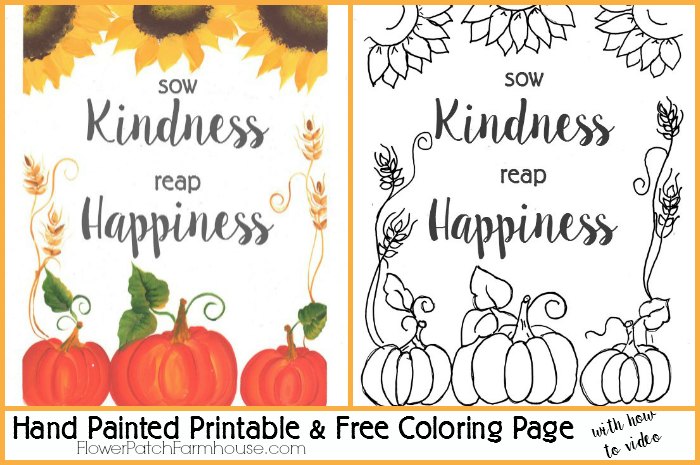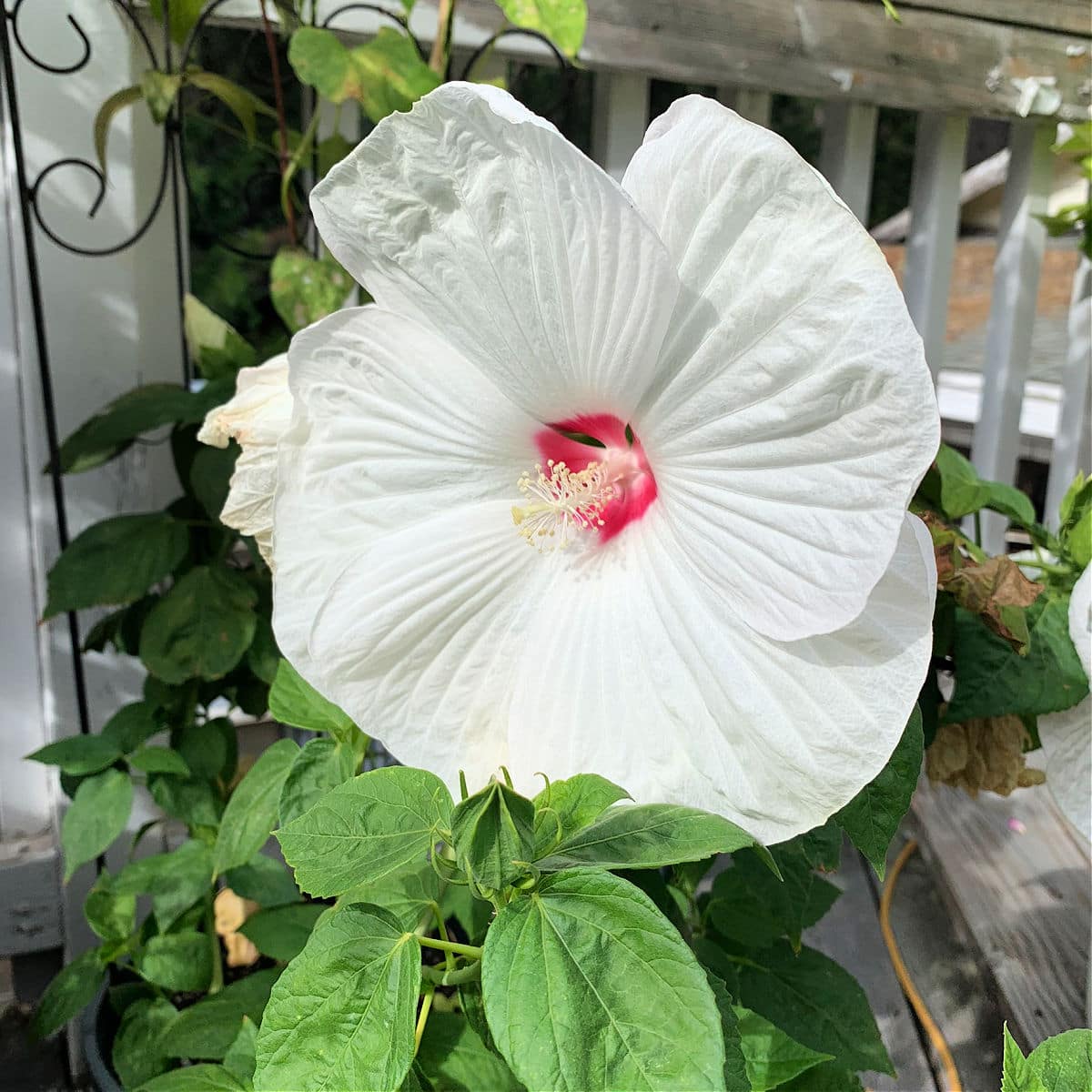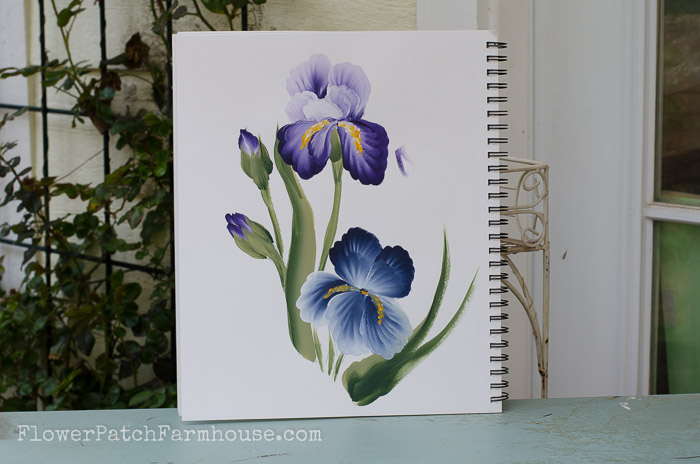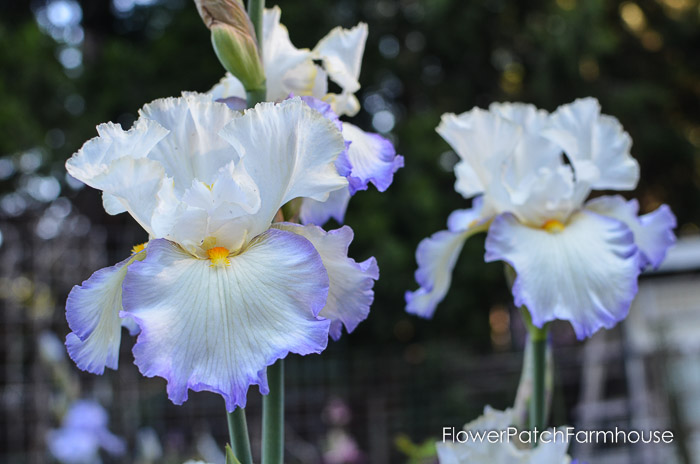Garden Plant Supports Cages, Stakes & Trellises
The Wonderful World of Plant Supports: A Friendly Guide
Hello garden friends! Today, we’re diving into the exciting world of plant supports. Have you ever wondered why some plants in your garden stand tall and proud while others seem to flop over?
Well then, you’re in the right place. Let’s chat about the unsung heroes of the gardening world: plant supports!
From the humble tomato cage to more fancy styles there are a vast array of good quality plant supports available.
Why Plant Supports?
First off, let’s address the root of the matter—why do we even need plant supports? The answer is as varied as the plants in your garden.
Some plants are naturally top-heavy, some have flowers that seem to weigh them down, and others simply have a growth habit that’s more vine-y and less upright. Think Clematis!

Enter plant supports: the structures that help our beautiful plants, shrubs and vines reach for the sky without toppling over.
For example, peonies tend to flop after a rainstorm if you have not surrounded them with a peony cage to keep them upright and looking their best.
Types of Plant Supports
In the world of plant supports, there’s a fit for every plant personality. Here’s a quick introduction to the main types:
Garden Stakes:
The classic. Stakes are the go-to for tall, single-stemmed plants. Think tomatoes, dahlias, or young trees. They’re like the dependable friend who’s always there to lean on—literally.
You can also weave jute twine or garden wire between stakes to create mesh like support in your cut flower garden as well.
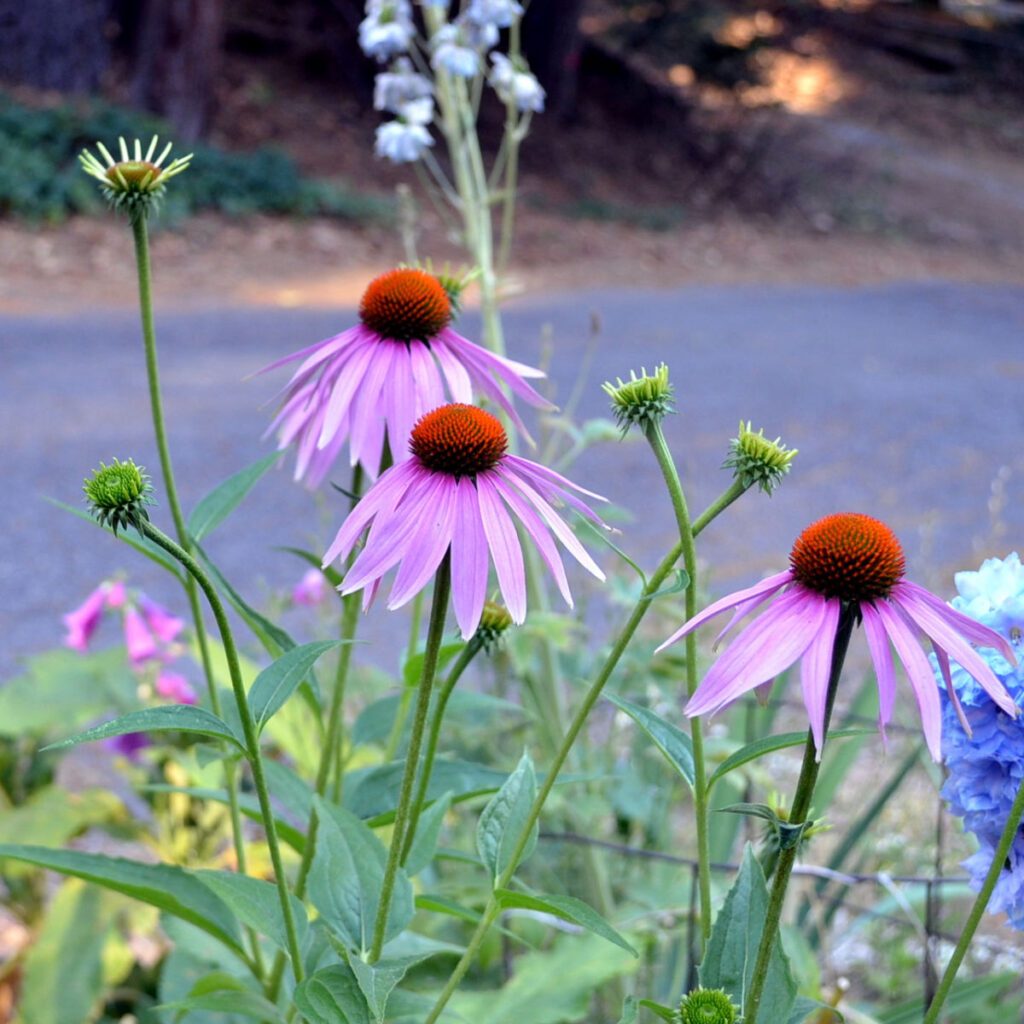
Trellises:
These are perfect for your climbers. Plants like cucumbers, sweet peas, and some types of roses love to sprawl. Trellises not only support this natural inclination but can also turn it into a living art display.
See this video on how I made a trellis for tomatoes, it worked fantastic!
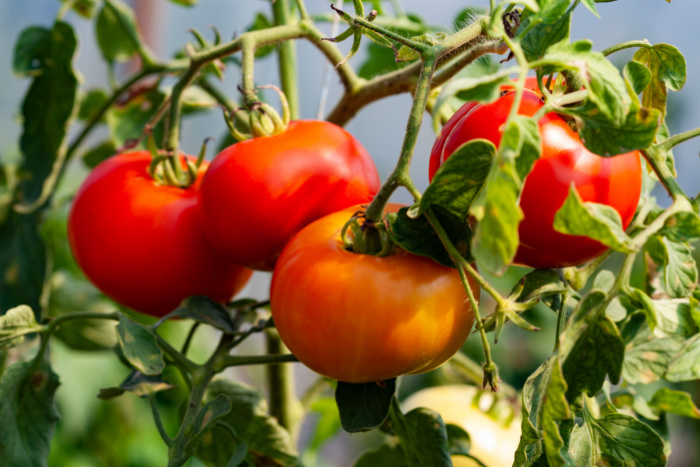
Cages:
Tomato cages aren’t just for tomatoes anymore. Any plant that grows in a bushy form can benefit from a cage. It keeps the plant growth contained and upright, making for a tidier garden and happier plants.
Since they are swamped by the plant even the simplest of cages works well and fades away into the foliage.
DIY Your Own Peony Supports
Obelisks and Towers:
These are the statement pieces of the garden—functional, yes, but also incredibly stylish. These garden plant supports work well for climbing plants and can add height and structure to your garden design.
all the best garden stuff
Build a DIY Wood Garden Obelisk!
They work very well for pillaring a rose or setting beside a pathway to make statement.
Arbors
Now, let’s not forget about the enchanting gateways of the garden: arbors. Garden arbors are more than just plant supports; they are the architectural elements that can transform your garden setting into a magical retreat.
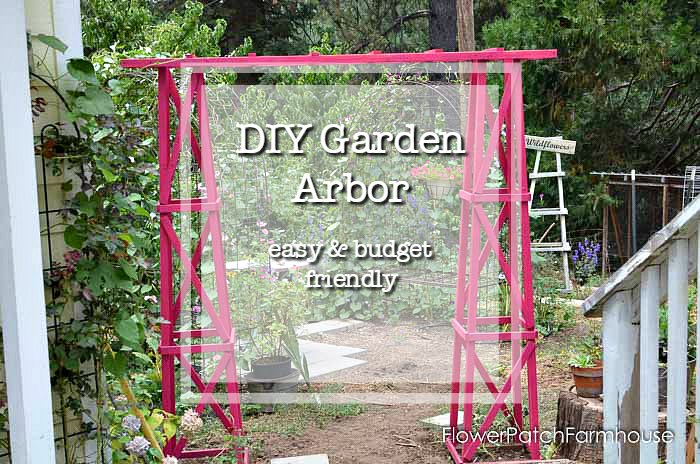
Whether draped in climbing roses, sweet-smelling jasmine, or vibrant clematis, arbors serve as a welcoming entrance or a whimsical pathway that leads the eye (and feet!) through your garden’s story.
Beyond their support role, the lovely arch of arbors creates a sense of mystery and intrigue, inviting visitors to discover what lies beyond.
They can frame a view perfectly, turning an ordinary garden walk into a journey of enchantment. So, if you’re looking to add a touch of romance and structure to your garden, consider the humble arbor—not just as a support, but as a central character in your garden’s narrative.
You can even build one for yourself!
The Art of Support
Installing plant supports is part gardening, part art. The goal is to provide your plants with the structure they need, without stifling their natural beauty. Here are a few tips to keep in mind:
Timing is Everything:
Install your supports early in the season, before your plants have fully taken off. This makes it easier to guide them as they grow and prevents damage to their roots and stems.
It is quite difficult to corral a full-grown peony whereas placing the support around it as the first shoots emerge from the soil is a breeze.
Be Gentle:
When tying plants to supports, use soft materials like garden twine or strips of cloth. Avoid anything that could cut into the plant as it grows. I like using pantyhose strips, they stretch with the plant and turn a subtle shade of green out in the elements. (in some countries they are called women’s tights)
Think Pretty:
Choose supports that complement your garden’s style. There’s a wide range available, from natural bamboo stakes to elegant wrought iron structures. High-quality garden structures are a great way to add a touch of elegance to your design.
I grow my own bamboo and I can cut canes to use as stakes whenever I need them.
Go for Growth:
Make sure the support you choose is suitable and sturdy enough for the mature size of your plant. A little research goes a long way in preventing future headaches.
So, there you have it—a brief exploration into the world of plant supports. With a little planning and some creative flair, you can ensure that every plant in your garden not only survives but is supported and displayed to its best advantage!
Happy gardening, friends! May your garden be lush, your blooms be bright, and your supports be sturdy.

